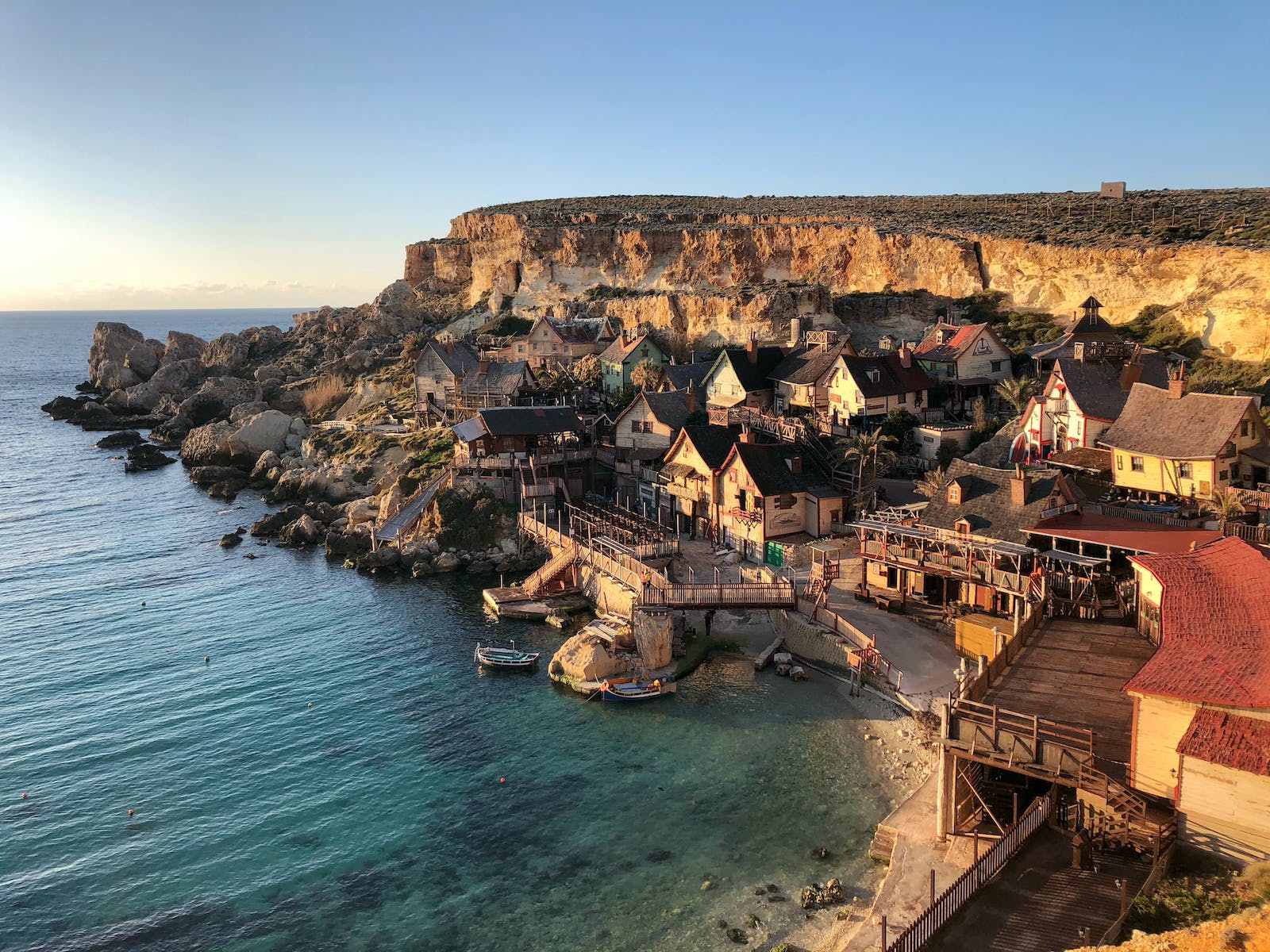The Best Time to Visit Malta
So, you’re thinking of visiting Malta, huh? Well, let me tell you, there’s really only one perfect time to go. And by perfect, I mean the least terrible. You see, Malta is a delightful little island where you can experience scorching temperatures, unbearable crowds, and exorbitant prices all year round. But fear not, my dear reader, for I shall reveal to you the best time to endure all of this madness.
How hot is Malta by month?
Ah, the summer months, the best time to visit Malta, when the temperatures soar and the tourists flock like seagulls to a discarded ice cream cone. Late April marks the start of the peak tourist season, with daytime temperatures reaching a balmy 22 degrees Celsius. But that’s just the beginning, my friends.
As we move into May and June, the heat intensifies, with temperatures climbing to a sweltering 27 degrees Celsius. It’s like stepping into an oven, but hey, who needs air conditioning when you can sweat out every last drop of moisture in your body, right? And let’s not forget July and August, the hottest months of all. Brace yourself for temperatures that regularly surpass 30 degrees Celsius.
But fear not, my fellow masochists, for relief is on the horizon. September and October offer a slight respite from the scorching heat. The temperatures remain hot, but at least they’re somewhat bearable. It’s the perfect time to explore the island’s attractions and indulge in the local cuisine without feeling like you’re being roasted alive.
Even in December, when things start to get windier and rainier, you can still bask in the warmth, albeit with a side of dampness. Just remember, my fellow heat seekers, that Malta’s peak tourist season coincides with its warmest months. So if you want to avoid the crowds and the intense heat, consider visiting in September or October. And for those who enjoy a bit of wetness with their warmth, the wettest months are November and December.
What is the coldest month in Malta?
January in Malta, the coldest and rainiest month, is a delightful time to experience the joys of shivering and getting soaked to the bone. Who needs warm temperatures and sunny skies when you can have the pleasure of freezing your extremities off? Forget about enjoying the beautiful beaches and stunning landscapes that Malta has to offer; January is the time to huddle indoors and pray for warmer days.
With temperatures ranging from the mid-50s to low 60s Fahrenheit, you can be sure that frostbite will be your constant companion during your visit. The wind will be blowing fiercely, making sure that you never have a moment of peace. And let’s not forget about the rain—buckets of it pouring down on you at any given moment. It’s like being in a perpetual monsoon, but without the charm.
What are the cheapest months to go to Malta?
If you’re looking to save some pennies, January and February are your best bet. These months offer the cheapest flights and accommodation deals, ensuring that your bank account will be thoroughly depleted by the time you leave. And let’s not forget the joy of experiencing the winter weather in Malta.
If you’re not a fan of the cold, March might be a slightly more tolerable option. The temperatures start to rise a bit, and there’s less rain to dampen your spirits. Plus, booking a trip for the winter months means you’ll have the added bonus of a crowd-free experience. Who needs other people getting in the way of your exorbitant spending?
Why is Malta famous?
If you’re a fan of festivals and events, Malta has got you covered. From the Valletta International Baroque Festival to the Malta Marathon, there’s something for everyone. These annual gatherings attract visitors from all corners of the globe, adding to the island’s fame and making it a good time to visit.
During the summer, Malta truly comes alive. Beach parties, diving into the crystal-clear waters, and the Malta International Fireworks Festival create an electric atmosphere that is hard to resist.
But it’s not just about the parties and festivities. Malta’s cultural heritage shines through its traditional celebrations and contemporary arts scene. The Feast of St. Paul’s Shipwreck, Good Friday procession, and Valletta Film Festival showcase the island’s rich history and artistic prowess, cementing its fame in the world of culture.
How many days in Malta is enough?
According to the experts, 3-5 days are enough to explore the major attractions and get a feel for the culture and history of Malta. But why stop there? Let’s aim for 14 days or more, shall we? Because who needs a balanced and reasonable approach when you can have an all-out, full-on exploration of this incredible destination?
Sure, you could settle for a leisurely 7-10 days, allowing time for day trips to the neighboring islands of Gozo and Comino, indulging in the local cuisine, and lounging on the stunning beaches. But why not push the limits and truly immerse yourself in the Maltese way of life? Stay long enough to venture off the beaten path, discover hidden gems in small towns, and take part in local events. After all, you don’t want to miss out on the opportunity to experience the true essence of Malta.

